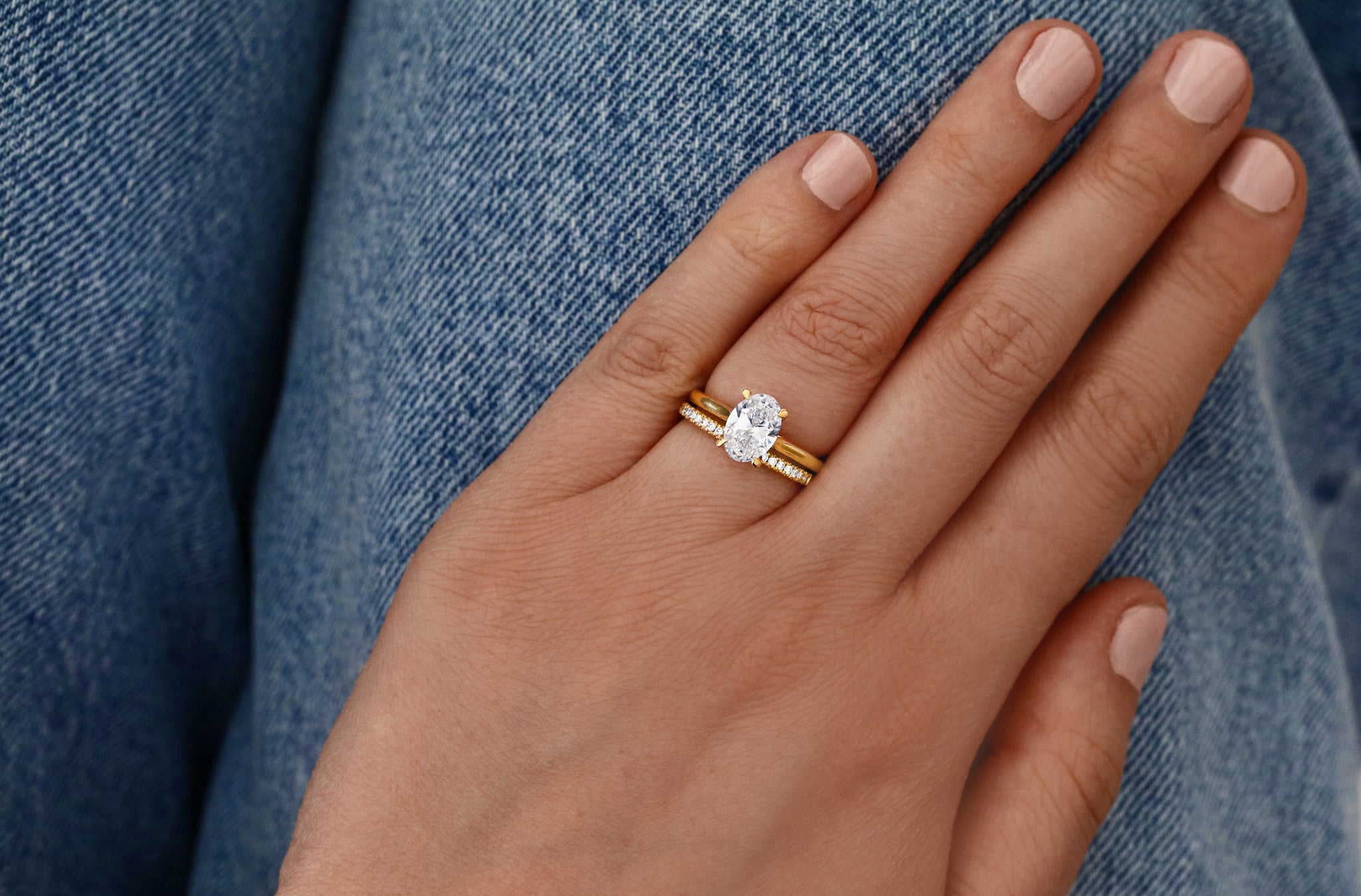Lab Diamond Rings: Platinum vs. Gold
Lab diamond rings have gained immense popularity for their ethical sourcing, stunning brilliance, and affordability compared to natural diamonds. Choosing between platinum and gold for setting these exquisite gems is a crucial decision that affects not only aesthetics but also durability and maintenance. This article will explore the differences between platinum and gold settings, helping you determine which is best suited for your lab diamond ring.
Understanding Lab Diamond Rings
Lab diamond rings offer the same visual appeal and chemical structure as natural diamonds but are created in controlled environments. They represent a sustainable and cost-effective option for modern jewelry buyers. When choosing a metal to complement your lab diamond rings platinum vs gold, understanding the properties of both platinum and gold is essential. Your decision will influence how the ring looks, how long it lasts, and how much maintenance it will require over the years.
Platinum: The Durable Choice for Lab Diamond Rings
Platinum is renowned for its durability and purity, making it a popular choice for lab diamond rings. This precious metal is naturally white, which means it won’t fade or change color over time. Its density and strength offer exceptional security for holding lab diamonds firmly in place. Platinum’s hypoallergenic properties make it ideal for individuals with sensitive skin. When comparing platinum vs. gold for lab diamond rings, durability and longevity often tilt the scale in favor of platinum.
While platinum is more expensive upfront, it is also less prone to scratches and wear. Over time, it develops a patina, which many appreciate for its vintage appeal. However, regular polishing can restore its original shine, making it an excellent long-term investment for those who value both aesthetics and strength in their lab diamond rings.
Gold: Versatile and Classic for Lab Diamond Rings
Gold has been a traditional favorite for jewelry, offering versatility through various shades, including yellow, white, and rose. When comparing platinum vs. gold for lab diamond rings, gold stands out for its ability to complement different skin tones and personal styles. White gold, in particular, provides a similar aesthetic to platinum but at a lower cost. However, it requires periodic rhodium plating to maintain its bright white finish.
Yellow gold offers a warm, classic look that pairs beautifully with the brilliance of lab created diamonds, creating a timeless appeal. Rose gold, with its subtle pink hue, adds a romantic touch to lab diamond rings, making it a trendy choice among modern couples. While gold is softer than platinum and more prone to scratches, its malleability allows for intricate designs and customizations, providing a unique charm that many cherish.
Maintenance and Longevity: Platinum vs. Gold in Lab Diamond Rings
Maintenance is a key factor when choosing between platinum and gold for lab diamond rings. Platinum, being more durable, requires less maintenance compared to gold. Its density ensures that the prongs holding the lab diamond are less likely to wear down over time. Although platinum develops a patina, some people prefer this look as it adds character to the ring. Polishing can easily restore its original shine if desired.
Gold, on the other hand, is more prone to scratches and requires more frequent maintenance. White gold, in particular, needs rhodium plating every few years to retain its color. Despite these maintenance requirements, many people still prefer gold for its aesthetic appeal and lower cost. When comparing platinum vs. gold for lab diamond rings, your choice may depend on how much time and effort you are willing to invest in maintaining the ring’s appearance.
Cost Considerations for Lab Diamond Rings
Cost is often a significant factor when deciding between platinum and gold for lab diamond rings. Platinum is typically more expensive due to its rarity and density. However, its long-term durability can make it a worthwhile investment, especially for those looking for a ring that will stand the test of time. The higher upfront cost of platinum may be offset by lower maintenance costs over the years.
Gold is generally more affordable and offers various price points depending on the karat. Higher karat gold is purer but softer, while 14k or 18k gold provides a balance between purity and durability. When comparing platinum vs. gold for lab diamond rings, budget constraints may play a significant role in your decision. Both metals have their advantages, so it’s essential to weigh the initial cost against long-term value.
Final Verdict: Choosing the Best Metal for Lab Diamond Rings
Choosing between platinum and gold for lab diamond rings ultimately depends on your personal preferences, lifestyle, and budget. Platinum offers unmatched durability, a timeless appearance, and hypoallergenic properties, making it ideal for those who prioritize strength and low maintenance. Gold, with its versatility and classic appeal, provides various options to suit different styles and budgets.
When comparing platinum vs. gold for lab diamond rings, consider how each metal will complement your lab diamond and fit into your daily life. Whether you prefer the enduring strength of platinum or the versatile beauty of gold, both options offer unique benefits that will enhance the brilliance of your lab diamond ring for years to come.












